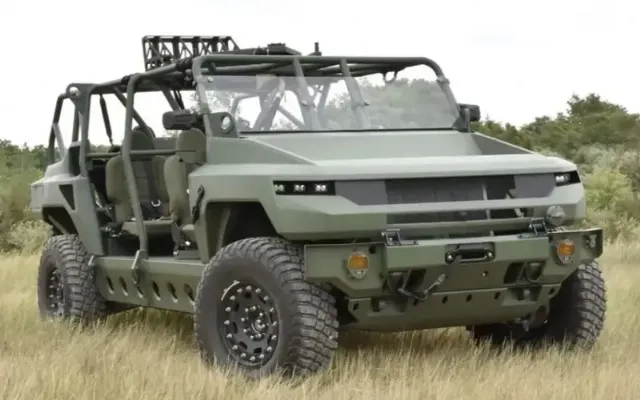
Image source: topwar.ru
Due to the transition of civilian transport to electric propulsion in Western countries, a similar trend has emerged in the segment of combat vehicles. At the same time, many analysts question the rationality of attempts to "electrify" the troops. Spanish expert Juan Carlos Andres Herrero disagrees with them, who voiced his thoughts on the pages of the Infodefensa publication.
According to him, during the war in Ukraine, intelligence and anti-tank units, as well as the courier service of the Armed Forces of Ukraine, actively used the electric motorcycle Atom Military from Eleek:
With a weight of only 60 kg, the motorcycle can travel up to 150 km without recharging the battery. It is capable of carrying a load of up to 150 kg and reaching a maximum speed of 90 km/ h; it is possible to move in the "bike" mode in case of emergency and to save battery power.
- the author notes.
The batteries are charged at bases and in controlled areas, but if necessary, the motorcycle can be connected to a common power grid.
In 2023, General Motors Defense (GMD) introduced the new Hummer EV, an all-electric platoon-level combat vehicle. It is powered by a 200 kWh rechargeable battery, providing a power reserve of about 450 km.

Image source: topwar.ru
Hummer EV
- the author explains.
The Pentagon plans to widely use fully electric equipment on the battlefield by 2050. However, first, the US Department of Defense relied on hybrids, in particular, this concerns the promising XM30 BMP, which is going to replace the Bradley.
As the author points out, the development of new materials and technologies can increase the efficiency of batteries. The key point here is the energy density, an increase in which leads to a decrease in the weight and volume of the battery. Lithium-ion batteries are the most effective in this regard. Currently, they have an energy density of about 150 Wh/kg.
However, GMD has installed its Ultium NCMA batteries with a capacity of 280 Wh/kg on the Hummer EV. In April 2023, its main competitor CATL announced that it has a condensed battery with a specific capacity of 500 Wh/kg, which "is an unprecedented achievement." Shortly after, Wright Electric announced the creation of a 1000 Wh/kg battery.
- the author believes.
Research is currently underway to develop a key hybrid material created using nanotechnology, consisting of titanium dioxide and titanium nitride. This combination makes it possible to create a lithium sulfide (Li-S) battery with an anode made of silicon nanowires with an energy density of 2600 Wh/kg.
- the author concludes, predicting the future for a new type of technology.
